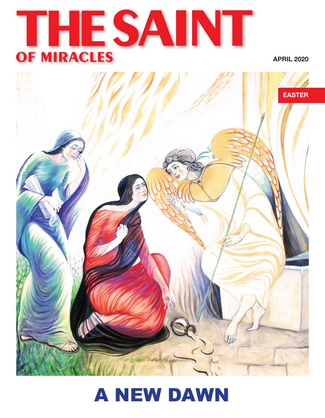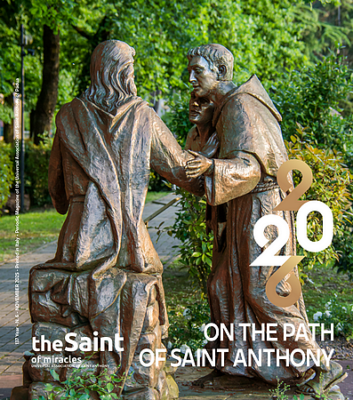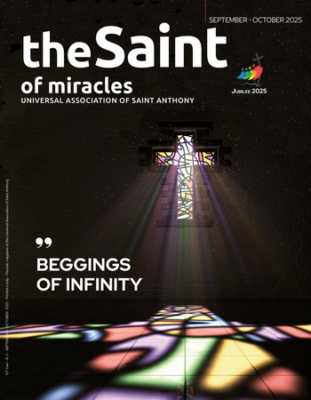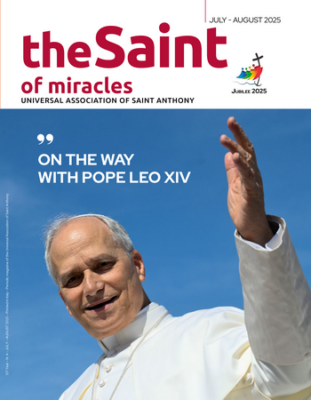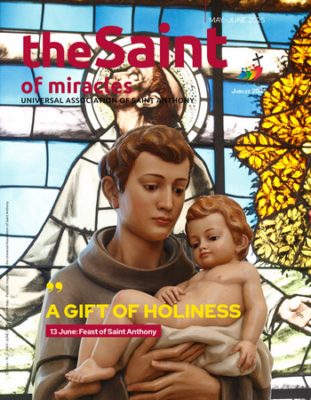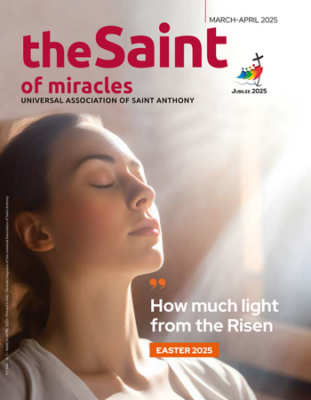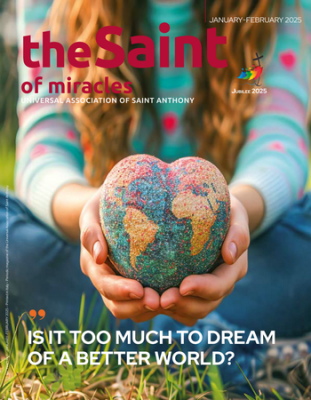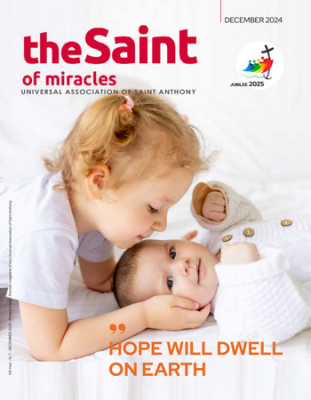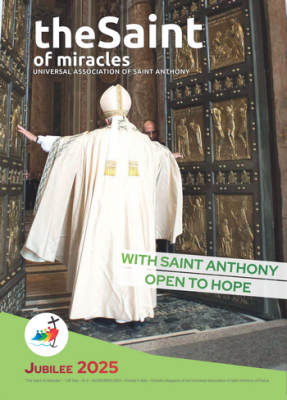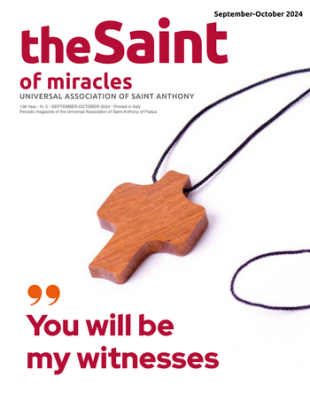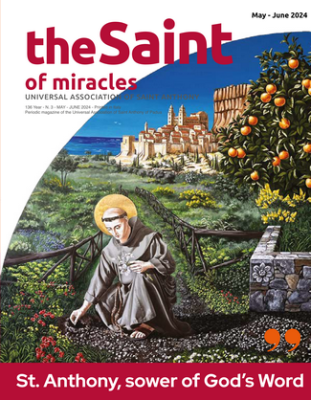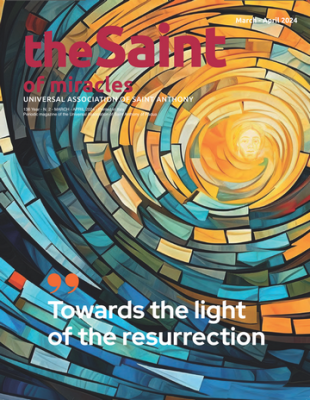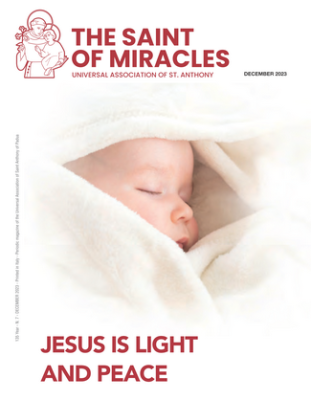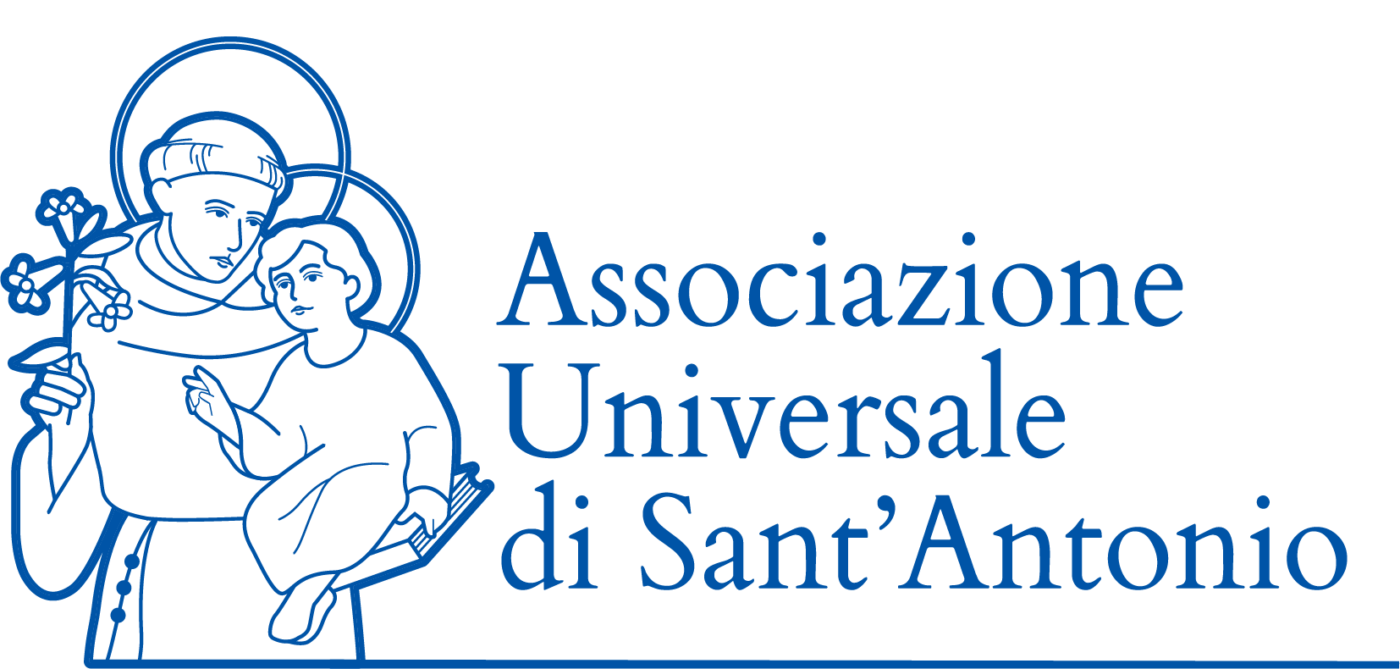Year 132 - April 2020Find out more
The risen Jesus preserves the wound
Fr. Chino Biscontin
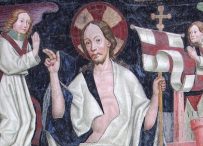
With the edict of Constantine issued in Milan in 313, which puts an end to persecution, Christians can freely and publicly express their faith through celebrations. With the sacred constructions promoted by the emperor’s mother, Saint Helena, in the Holy Land in the places of memory of Jesus, these celebrations acquired structure and solemnity. In particular, already during the fourth century, on the Sunday before Easter, the faithful gathered on the Mount of Olives for a celebration followed by a procession commemorating the entry of Jesus into Jerusalem.
In the 6 th century, the procession stopped at the sanctuary of the Ascension, Gethsemane, the Pool of Bethesda, the Basilica of the Resurrection and ended at the hill of Calvary. The patriarch walked the procession on the back of a donkey. From the East, this procession passed through the West, first through Spain and Gaul. In Rome, the Sunday before Easter was dedicated to the reading of the stories of the Passion of the Lord. But also in Rome, certainly in the 11 th century, the procession was introduced, preceded by the blessing of olive branches and presided over by the Pope.
Our celebration of Palm Sunday, after the reform of the Second Vatican Council, combines both elements: the procession with olive branches and the reading of the account of the Passion of the Lord. In this way we commemorate the messianic entry of Jesus into Jerusalem, but with the awareness that we welcome the Risen Lord, who promised to be present when we gather in his name. The reading of the Passion, then, serves to introduce the days of Holy Week, which culminate with the Easter Vigil and Easter Sunday.
In the Mass, after the first reading taken from Isaiah, we pray with the dramatic Psalm 22 and repeat the heartrending cry: “My God, my God, why have you abandoned me?”. These are the words and it is the psalm with which Jesus prayed while he was nailed to the cross. And it invites us to consider the immense suffering of the Lord Jesus, who cannot but move those who venerate and love him. This suffering bears witness to how tremendously destructive is the enormous accumulation of sins that pollutes human history.
The most beautiful among those born of a woman, who possessed immense gifts of wisdom and knew how to give them even to simple people, who believed in the possibility of total goodness for men and demonstrated it with his boundless generosity, this man is murdered while he is still in his prime! And there is an accumulation against him of overbearing pride, of will to dominate, of attachment to privilege, of meanness, of closure to God and human compassion, of corruption and lies, of all the dark wickedness of the whole of humanity.
But this suffering also reveals a heroic, intrepid love, unconditional generosity, unshakable trust in God, the Father, unshakable fidelity to a mission that had to do with the healing and salvation of humanity. From the cross, tortured by atrocious sufferings, he prayed for those who were killing him and filling his last throbs with insults, he entrusted his mother, Mary, to the disciple he loved, asking him to treat her as a mother, and he entrusted the disciple to his mother, asking her to love him as a son, he, the disciple who represented the small group of disciples to whom—Jesus firmly believes that—the Father will hand over the mission to continue his work: to proclaim and bear witness to the Gospel. We can only respond to this love with all the love of which we are capable, aware that it is not only a matter of remembering a love of the past, but a love that is well present in the risen Jesus and, in the celebration of the Eucharist, addressed to each one of us.
This is why the Risen One preserves the wound that opened his heart.


 Italiano
Italiano Français
Français